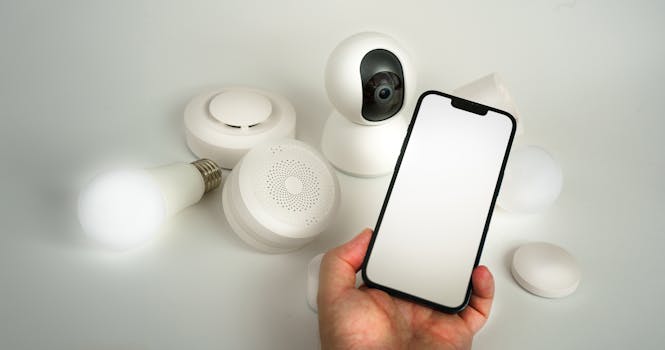
Home Automation in 2025: The Smart Home Ecosystem
Home Automation in 2025: The Smart Home Ecosystem is revolutionizing the way we live and interact with our homes. With the increasing demand for smart and connected devices, the home automation market is expected to grow significantly in the coming years.
Introduction to Home Automation

Home automation refers to the use of technology to control and monitor various aspects of a home, including lighting, temperature, security, and entertainment systems. The goal of home automation is to create a convenient, comfortable, and secure living environment, while also improving energy efficiency and reducing costs.
The concept of home automation has been around for decades, but it has only recently become a mainstream phenomenon, thanks to advancements in technology and the proliferation of smart devices. Today, home automation systems can be controlled remotely using smartphones, tablets, or voice assistants, making it easy to manage and monitor your home from anywhere.
Key Components of a Smart Home Ecosystem

A smart home ecosystem typically consists of several key components, including:
- Sensors and Devices: These are the hardware components that collect data and perform specific functions, such as temperature sensors, motion detectors, and smart light bulbs.
- Hub or Gateway: This is the central device that connects all the sensors and devices, allowing them to communicate with each other and with the outside world.
- Software and Apps: These are the programs that control and monitor the smart home system, providing a user interface and enabling remote access and control.
- Networking and Connectivity: This refers to the communication protocols and networks that enable devices to talk to each other and to the outside world, such as Wi-Fi, Bluetooth, and Zigbee.
Benefits of Home Automation

Home automation offers numerous benefits, including:
- Convenience: Home automation systems can be controlled remotely, making it easy to manage and monitor your home from anywhere.
- Energy Efficiency: Smart home systems can optimize energy consumption, reducing waste and saving costs.
- Enhanced Security: Home automation systems can include security features, such as motion detectors and video cameras, to enhance safety and security.
- Improved Comfort: Smart home systems can adjust lighting, temperature, and entertainment systems to create a comfortable and relaxing living environment.
Conclusion

In conclusion, home automation in 2025 is all about creating a seamless and efficient smart home ecosystem. With the advancement of technology and the proliferation of smart devices, the home automation market is expected to grow significantly in the coming years. By understanding the key components and benefits of home automation, homeowners can create a convenient, comfortable, and secure living environment, while also improving energy efficiency and reducing costs.


